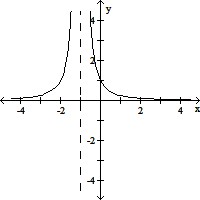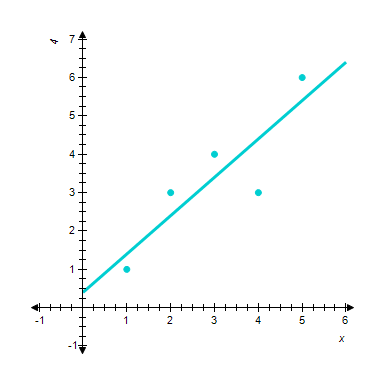Graph the inequality.-2x - 3y ? -6
A. 
B. 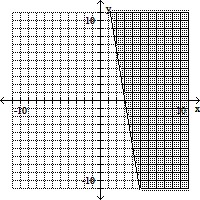
C. 
D. 
Answer: C
You might also like to view...
Give the center and radius of the circle.x2 + y2 + 18x + 12y + 108 = 0
A. center: (-6, -9); r = 3 B. center: (9, 6); r = 9 C. center: (6, 9); r = 9 D. center: (-9, -6); r = 3
Determine whether the statement is true or false. If it is true, explain why it is true. If it is false, give an example to show why it is false. ? The least-squares line must pass through at least one data point. ?
A. It is false.
?
Example. Find the least-squares line for the data
?
?
Solution. Here, we have 
?
 |  |  |  |  |
 |  |  |  |  |
?
?
The least-squares line for the data is given by linear equation
?
?
where the constants m and b satisfy the normal equations
?
?
?
?
Then, we obtain the normal equations
?
?
Solving them, we found
?
Therefore, the required least-squares line is
?
The scatter diagram and the least-squares line are shown in the figure. We can see that the line does not pass through any data point.
?
B. It is true
?
Suppose that we are given two data points
?
?
If we try to fit a straight line to these data points, the line will miss the first and the second data points by the amountsd1,d2, respectively.
?
?
The principle of least squares states that the straight line L that fits the data points best is the one chosen by requiring that the sum of the squares
?
?
be made as small as possible. But it is possible only in case when least-squares line passes through at least one data point.
Express the radical in simplified form. Assume that all variables represent positive real numbers.
A. 3k3 B. 3k12 C. 27k3 D. -3k3
Identify the graph of the rational function.f(x) = 
A. 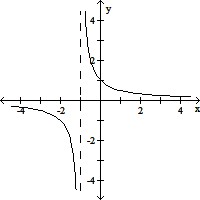
B. 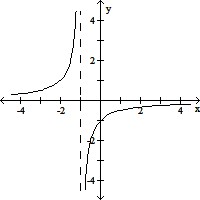
C. 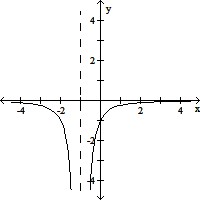
D. 